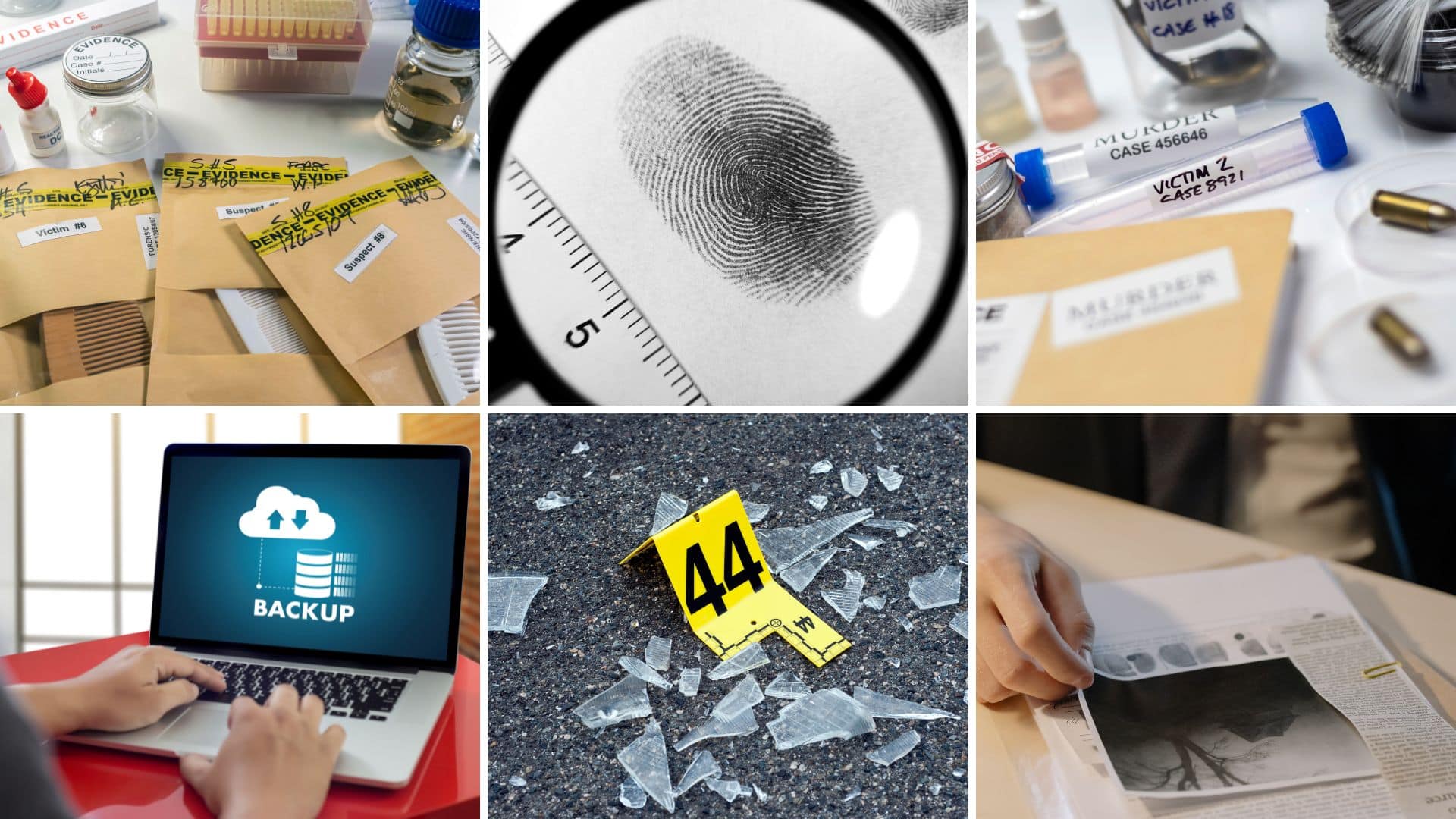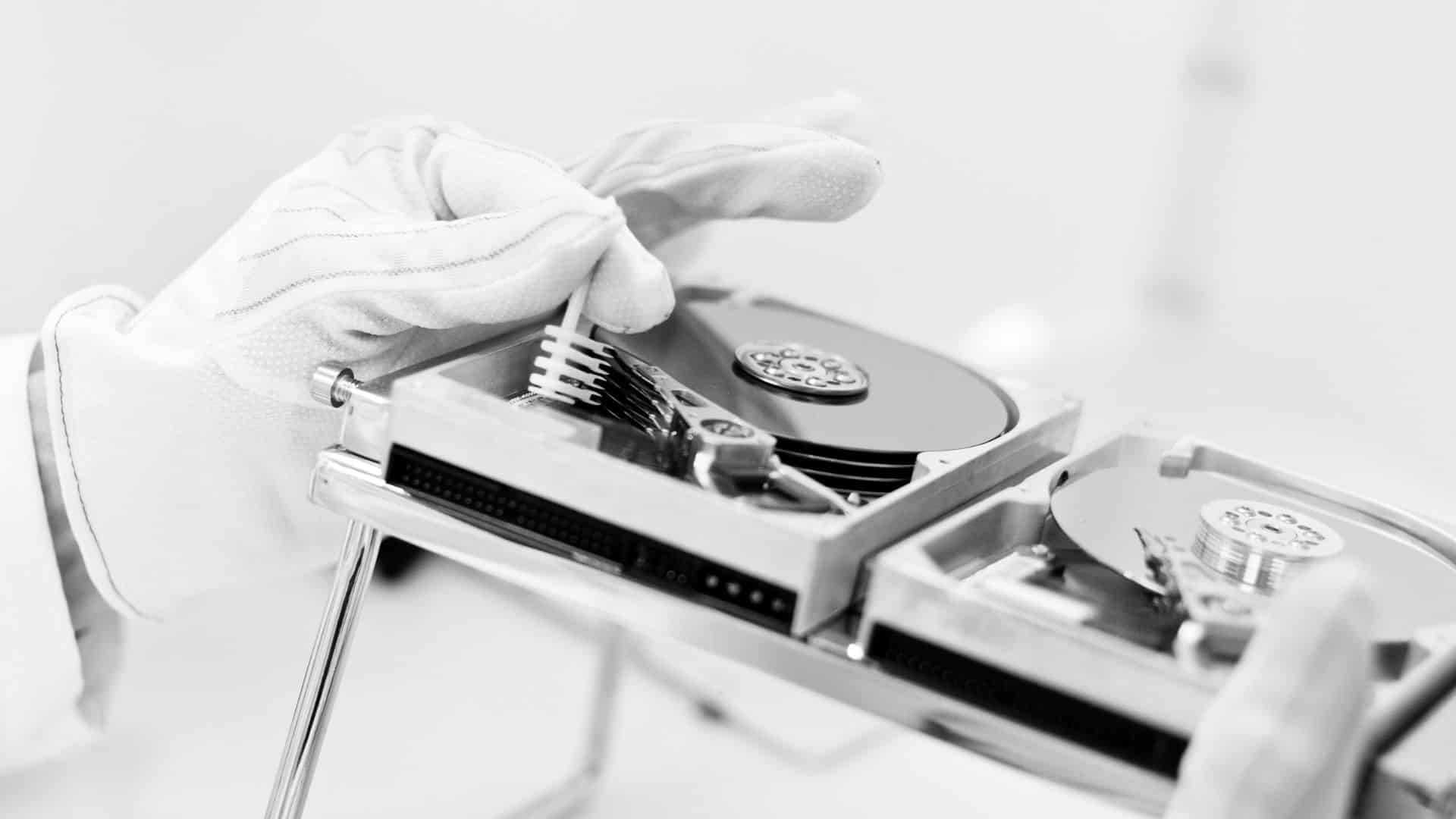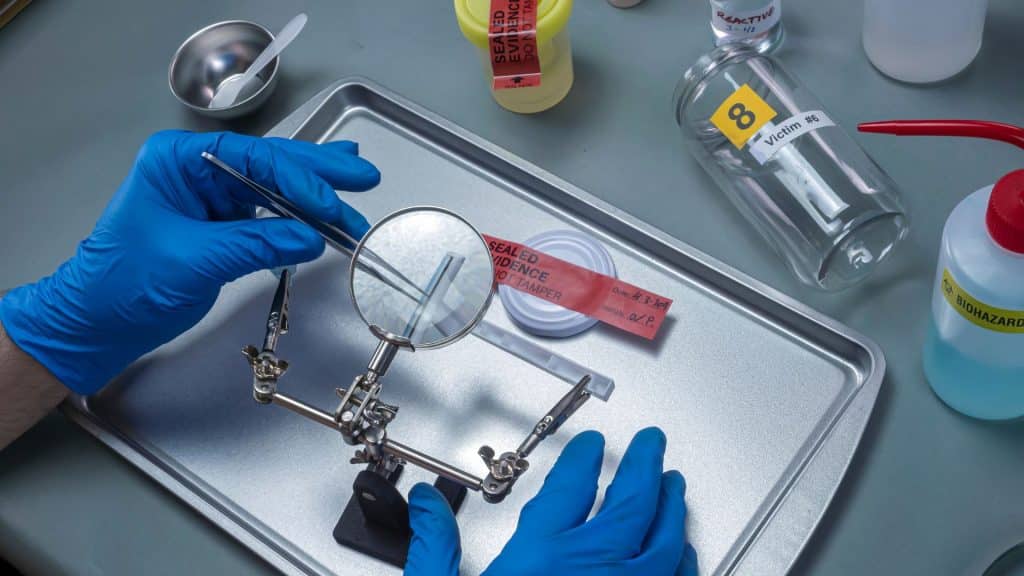Have you ever wondered how investigators solve crimes with just tiny pieces of evidence?
Today’s investigations require advanced tools and expert analysis to uncover hidden details and ensure justice is served fairly.
Forensic science applications have changed how law enforcement approaches complex investigations.
From DNA analysis to digital device examination, these scientific tools enable the remarkable accuracy of connecting suspects to crime scenes.
Television shows make forensic work look simple, but real investigations require careful scientific processes and specialized expertise. Each piece of evidence tells a unique story about what happened during criminal events.
In this blog, you’ll learn about different types of forensic evidence, how investigators use scientific techniques, and why these methods matter in modern courtrooms.
What Role Does Forensic Science Play in Crime?
Forensic science serves as the bridge between crime scenes and courtrooms across the country. It turns physical evidence into reliable facts.
Analytical tools reveal hidden patterns that explain how crimes unfolded, offering investigators a clearer narrative.
Key roles include:
- Identifying suspects through biological evidence.
- Reconstructing crime scenes using physical evidence.
- Providing objective testimony in legal proceedings.
- Linking multiple crimes to a single perpetrator.
- Excluding innocent people from investigations.
These scientific methods ensure justice systems make decisions based on facts rather than assumptions or unreliable witness statements alone.
Key Types of Forensic Evidence Collected

Crime scene investigators collect various types of physical evidence that can reveal important details about criminal activities and aid in solving cases.
| Evidence Type | What It Includes | How It Helps Investigations |
|---|---|---|
| DNA Evidence | Blood, saliva, hair, skin cells | Identifies suspects with 99.9% accuracy rates |
| Fingerprint Analysis | Ridge patterns, palm prints | Links individuals to touched surfaces permanently |
| Ballistics Evidence | Bullets, cartridge cases, gunpowder | Matches weapons to specific shooting incidents |
| Digital Evidence | Phone data, computer files, emails | Reveals communication patterns and locations |
| Trace Evidence | Fibers, paint chips, glass fragments | Shows contact between people and objects |
| Document Analysis | Handwriting, ink patterns, paper types | Identifies forged documents and authorship |
Each type of evidence requires specialized collection methods and laboratory analysis to ensure accurate results that courts can rely on and accept.
How Are Forensic Techniques Used in Investigations?
Crime scene processing begins immediately after law enforcement secures the area. Trained technicians photograph everything before carefully collecting any physical evidence.
Laboratory analysis follows strict scientific protocols to ensure accurate results. Each sample is tracked from collection to lab analysis, with detailed logs in place to prevent tampering or misplacement.
Comparison databases help experts match evidence to known samples or previous cases. Computer systems can search millions of records in minutes rather than years.
Specialists present their results in clear, everyday language, allowing judges and jurors to follow the science.
Linking Suspects Through Forensic Evidence
Physical evidence creates connections between suspects and crime scenes that would be impossible to establish through witness testimony alone. These scientific links often provide the strongest proof in criminal cases.
- DNA matching: Genetic profiles connect suspects to biological evidence found at crime scenes with remarkable accuracy.
- Fingerprint comparison: Unique ridge patterns link individuals to objects they touched during criminal activities.
- Fiber analysis: Clothing fibers transfer between suspects and victims when physical contact occurs during crimes.
- Tool mark examination: Weapons or instruments leave distinctive marks on damaged materials that experts can match.
- Digital footprints: Electronic devices reveal location data and communication records that place individuals at specific times and locations.
- Ballistics matching: Firearms create unique markings on bullets that can be traced back to particular weapons.
What Advances Shape Digital Forensics?

Technology crimes necessitate specialized investigation techniques that keep pace with the rapidly evolving digital landscape and changing criminal methods.
Mobile Device Analysis
Smartphones contain detailed records of calls, messages, and location data that investigators can access using specialized tools. Advanced software bypasses security features to access encrypted data successfully.
Courts now frequently admit mobile and digital records, making them some of the most relied-upon sources of evidence in modern times.
Computer Forensics
Hard drives store years of user activity, including internet searches and file transfers, for investigators to examine carefully. Investigators can accurately reconstruct digital timelines of suspect behavior patterns.
Network analysis reveals how criminals communicate through online platforms and effectively exposes criminal organizations. This evidence often leads to arrests of multiple suspects.
Cloud Storage Investigation
Digital evidence now exists across multiple online platforms and storage services, requiring new investigation methods. Experts can track data movement between devices and online accounts precisely.
Remote access tools help investigators gather evidence from servers worldwide. International cooperation becomes essential for solving cross-border digital crimes.
Artificial Intelligence Tools
Machine learning enables the rapid and efficient analysis of massive amounts of digital data to identify suspicious patterns. AI systems can automatically identify potential criminal activity and flag important evidence.
These tools reduce investigation time from months to days in complex cases. Law enforcement agencies save resources while solving more crimes effectively.
Forensic Science’s Role in Substance Identification
Chemical analysis helps investigators identify unknown substances found at crime scenes. Laboratory testing can determine the exact composition and origin of sources.
Drug identification confirms suspected controlled substances in possession cases. Mass spectrometry and chromatography provide definitive chemical fingerprints for court proceedings.
Explosive residue analysis helps reconstruct bombing incidents and identify responsible parties. These tests can detect trace amounts of materials on clothing or hands.
Toxicology testing determines whether victims consumed drugs or poisons before death. Blood and tissue samples reveal substance concentrations and approximate timing of consumption.
How Does Forensic Science Influence Legal Outcomes?
Courts rely on evidence that withstands scrutiny, ensuring verdicts are based on verifiable results rather than speculation.
Forensic results shape how both prosecution and defense frame their arguments, directly affecting trial strategies.
- Conviction rates increase when forensic evidence supports witness testimony.
- Appeals courts often focus on the quality of scientific evidence and the methods used to collect its.
- Plea negotiations frequently depend on the strength of forensic findings.
- Cold cases are often solved years later through advancements in testing techniques.
Courts demand proof that evidence has been securely managed, with every transfer carefully recorded for transparency.
Wrapping It Up
In summary, forensic science has become a vital component of modern criminal justice systems.
These scientific methods provide courts with reliable evidence that helps ensure fair and just legal outcomes for all parties involved.
The field continues to grow as new technologies emerge and criminal methods become more complex. Law enforcement agencies must adapt their investigation techniques to stay effective in solving cases.
Proper training and equipment remain crucial for forensic experts who handle sensitive evidence. Their work directly impacts whether justice is served in criminal cases across the nation.
The future holds exciting possibilities for even more advanced forensic techniques and improved crime-solving capabilities.
Which forensic technique do you think has the greatest impact on solving modern crimes?





































